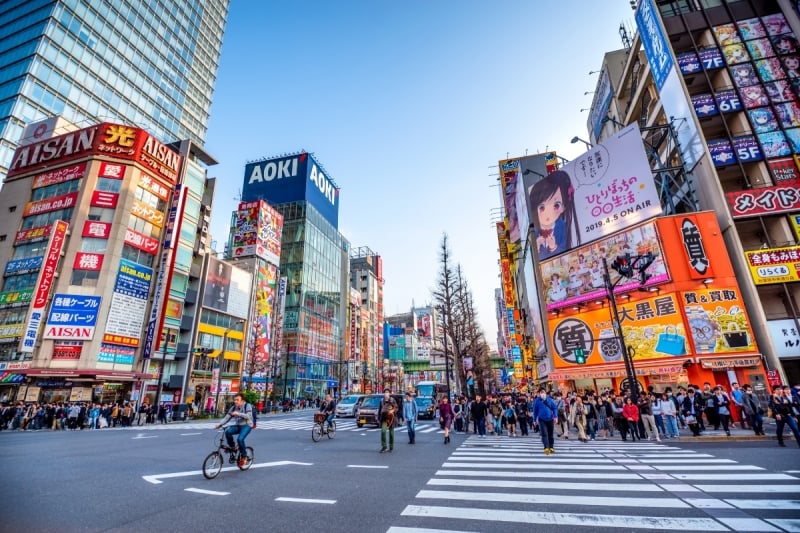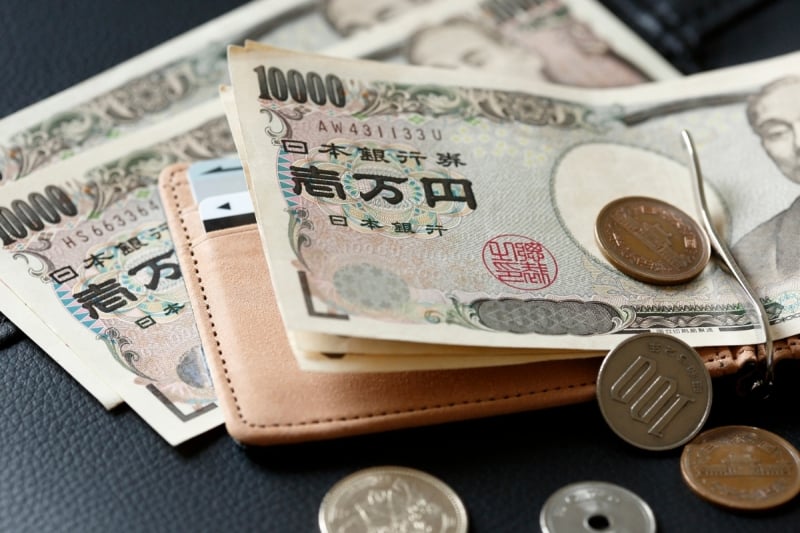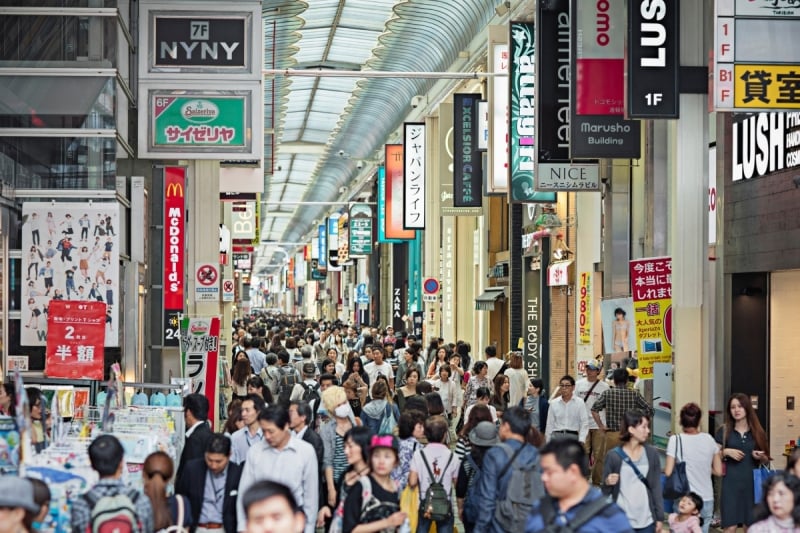If you’re planning a trip to Japan in the next few years, there’s something new you’ll want to budget for. The Japanese government has announced plans to raise several travel-related fees. It includes airport departure tax, visa fees, and a new charge for pre-entry screening, with changes likely to start rolling out from fiscal year 2026.
While the news might sound a little discouraging for future visitors, the government says these revisions are long overdue and in line with what’s being charged internationally. Let’s take a closer look at what’s changing, why it’s happening, and what it means for travellers.
Also read: Why You Should Visit Ine, Japan: A Hidden Gem in Japan
Why Japan is raising travel fees

Image credit: Eloi_Omella via Canva Pro
Japan currently has some of the lowest travel-related fees in the world, and officials argue that revising them is a necessary step to keep things sustainable. The additional funds are expected to go towards improving airport infrastructure, strengthening security screening. Also interestingly, helping to fund domestic education policies, such as the expansion of free high school tuition.
However, the government is treading carefully. Officials know that raising costs for Japanese citizens could be unpopular, so this plan primarily targets foreign travellers, who, as non-voters, are seen as a politically safer group to tax.
The departure tax, visa fees and a new entry screening system

Image credit: Aflo Images via Canva Pro
The Foreign and Justice ministries are now studying potential adjustments to align Japan’s fees with those charged by other major countries. For context, Japan’s visa fees haven’t changed since 1978. A single-entry visa currently costs about ¥3,000 (~S$25.66).
On top of that, Japan is set to introduce a new Japan Electronic System for Travel Authorisation (JESTA) in fiscal 2028. This system will require travellers from visa-waiver countries to complete pre-entry screening.
A fee will apply for this process as well, with Japan expected to model it on the U.S. system’s cost of US$40 (~S$51.90).
Could tax-free shopping also be affected?

Image credit: Xavier Arnau via Canva Pro
In addition to the fee increases, some within Japan’s ruling Liberal Democratic Party have floated the idea of abolishing tax-free shopping for foreign visitors.
Currently, overseas tourists can enjoy consumption tax exemptions on certain purchases, which has been a major draw for international shoppers in areas like Tokyo’s Ginza and Osaka’s Shinsaibashi.
However, officials appear divided on this issue, with some saying that “targeting easy sources of revenue” might not be the right approach, particularly if it risks discouraging tourism spending.
Also read: 10 Hidden J-Beauty Products to Buy in Japan That Locals Actually Use
What travellers should expect
If you’re planning a trip to Japan in the next few years, the good news is that nothing changes immediately. These revisions are still under discussion, and most are targeted for fiscal 2026 and beyond.
Still, it’s worth noting that travel costs may gradually rise, especially for those applying for visas or visiting under the new JESTA system.
Final thoughts
That said, Japan remains one of the most rewarding destinations in the world, offering an unmatched blend of tradition, modernity, and hospitality. A few thousand yen more in fees likely won’t change that, especially if those funds help make airports smoother, services better, and travel experiences more seamless in the long run.





